Content
- 1 Insulation from the inside is an exception to the rule
- 2 Features of insulation
- 3 Important aspects
If in the winter season it is damp and cold in the living quarters, and the heating is working at full, it becomes clear that heat is leaving through the walls. Many in this situation consider the best way to insulate the walls from the inside of the house. Why is this not worth it and what do people regret afterwards?

Insulation from the inside is an exception to the rule
Usually warming from the inside leads to disastrous results. People unknowingly decide on such insulation work, and then regretfully realize that the heat loss has become a little less, that is, the efficiency of the work is reduced to zero.

In what cases there is no other option:
- When it is not possible to insulate the facade of the building due to the prescription of the authorities and administrative prohibitions.
- Between the buildings behind the wall there is a deformation seam.
- Directly behind the wall is a non-residential and unheated room that cannot be insulated. It can be an elevator shaft or porch.

At the same time, successful insulation in apartment buildings is carried out only if such an opportunity was laid down by the construction project. As an insulator, the material that is inside the walls of the building should be used.
In all other cases, it is much safer and more efficient to carry out the insulation of the front of the apartment or house.

Features of insulation
The main disadvantage, which many homeowners understand afterwards, is the freezing of the outer wall. In this case, the dew point shifts and condensate begins to form with greater intensity, this leads to dampening of the surfaces. The insulating qualities of the insulation deteriorate and the walls collapse. Typically, brick houses suffer the most.
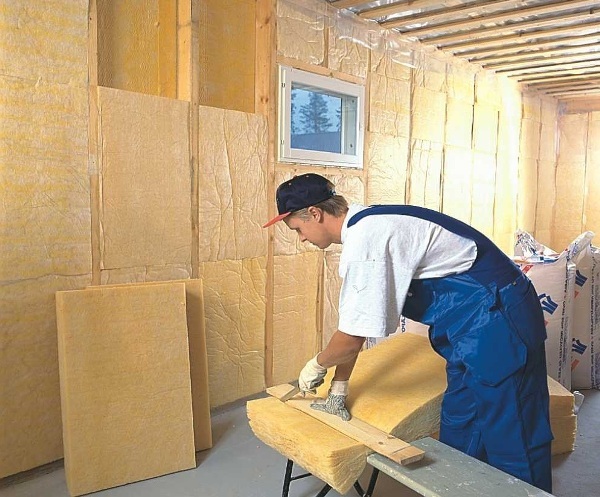
To avoid such complications, it is necessary to choose heaters with minimal vapor permeability and moisture absorption. In addition, the insulating material should not have seams and gaps along the entire length of the wall.

Many owners select materials that do not meet similar criteria, which they later regret. Such heaters include mineral wool, liquid ceramics, cork, drywall and warm plaster.

Important aspects
There are a number of important points, without which the insulation of the walls from the inside will end badly:
- The insulated wall should be as dry as possible;
- Before starting work, waterproofing and vapor barrier are carried out;
- Only a suitable heat insulator is used;
- There should be no gaps or joints in the material.

Thus, insulating walls from the inside is a responsible and long process, where any detail may not play in favor of the residents of the house. Most often, the owners, who have insulated their housing in this way, regret that they did not consider alternative options and did not consult with specialists.

-
 How to assemble a thermal insulation pie for a boardwalk
How to assemble a thermal insulation pie for a boardwalk
-
 Is insulation at home effective outside
Is insulation at home effective outside
-
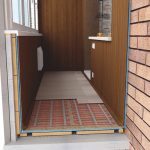 How to insulate a loggia and not break the law
How to insulate a loggia and not break the law
-
 The better to insulate the facade of the building
The better to insulate the facade of the building
-
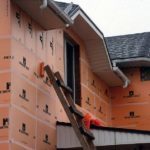 The technology of facade insulation with foam
The technology of facade insulation with foam
-
 How to make warm glazing without changing the facade
How to make warm glazing without changing the facade
-
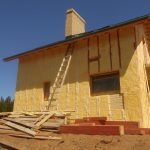 What kind of insulation do you spend money on?
What kind of insulation do you spend money on?
-
 How not to waste money by warming the loggia
How not to waste money by warming the loggia
-
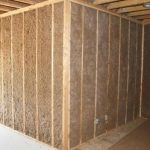 Frequent mistakes when warming a house, places where cold seeps
Frequent mistakes when warming a house, places where cold seeps
-
 Why is the best option for insulating the ceiling in the house is from the attic
Why is the best option for insulating the ceiling in the house is from the attic
-
 The main sources of heat leakage from the house
The main sources of heat leakage from the house
-
 The main mistakes in home insulation
The main mistakes in home insulation
New publications are published daily on our channel in Yandex. Zen
Go to Yandex. Zen


